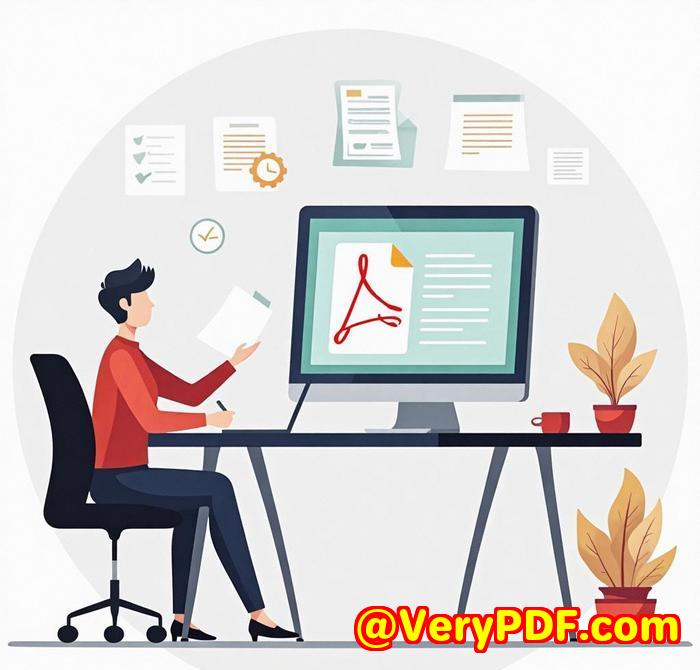How I Used DRM to Stop My PDFs from Being Opened on Unauthorized Devices
Have you ever shared a confidential PDF only to find out it was accessed on a device you didn’t authorize?
That happened to me last year, and it turned into a bit of a nightmare. I had just sent out a draft of a training manual to a potential client something I’d spent weeks preparing. A few days later, I saw snippets of it circulating in a Telegram group. I had watermarked it, sure, but that clearly wasn’t enough. At that moment, I realized I needed more than just passive protection I needed a system that could actively control where, when, and how my PDF was accessed.
Like many others who share sensitive documents, I wanted a way to lock down access. But most tools I found were either too complex or too basic. That’s when I stumbled upon VeryPDF DRM Protector.

A Simple Tool That Solved a Complex Problem
I found VeryPDF DRM Protector through a niche forum for freelance consultants, and I almost skipped it at first it looked simple. But after giving it a try, I quickly realized how powerful it actually is. This tool lets you restrict PDF file access to specific devices only, which was exactly the kind of control I needed.
Who is it for? If you’re a freelancer, educator, content creator, lawyer, publisher, or anyone sharing sensitive or commercial documents, this tool is a game-changer. Whether you’re distributing online courses, legal documents, or internal manuals, this DRM solution gives you control even after you’ve shared the file.
Key Features That Actually Work
Here are the top 3 features that made a real difference for me:
- Device Locking
This is the star feature. You can lock a PDF to a specific device using the device’s hardware fingerprint. That means even if someone shares the file or the download link, it simply won’t open on any other device. I tested this myself I sent the protected PDF to a friend, and he couldn’t open it unless I authorized his laptop.
- Online & Offline Access Control
What I loved here is the flexibility. Some DRM tools force you to stay online for access verification, which is a pain for users with limited internet. VeryPDF lets you set whether a PDF can be opened offline, and for how long. I used this to send a document to a traveling client who needed offline access during a flight it worked flawlessly.
- Dynamic Watermarking and Expiry Date
These may sound standard, but VeryPDF gives you extra control. You can watermark with username, IP address, email, or timestamp. I’ve found this discourages leaks people are far less likely to share something when their name is embedded on every page. Plus, I can set an automatic expiry date, so I don’t have to manually revoke access.
My Experience and Why I Switched from Other Tools
Before using VeryPDF, I had tried some cloud-based PDF sharing platforms that offered DRM, but most were overpriced and didn’t let me lock access by device. Some even required users to install special software just to open a file, which always led to complaints.
VeryPDF DRM Protector, on the other hand, is web-based and requires no installation for recipients. As the sender, I set up everything in minutes through a clean web interface. I especially liked how I could upload a PDF, set access rules, and generate a secure link all in under 10 minutes.
Final Thoughts: Why I Recommend VeryPDF DRM Protector
This tool solved a problem that had been bothering me for months: how to prevent my PDFs from being opened on unauthorized devices. With features like hardware-bound access control, flexible expiration rules, and watermarking, I finally feel confident sharing sensitive files.
If you’ve been looking for a way to secure your PDF documents beyond just passwords and watermarks, this is it. I recommend giving it a try, especially if you deal with confidential materials or valuable intellectual property.
You can try it out here: https://drm.verypdf.com/
Target Keyword: how to prevent PDF files from being opened on unauthorized devices
